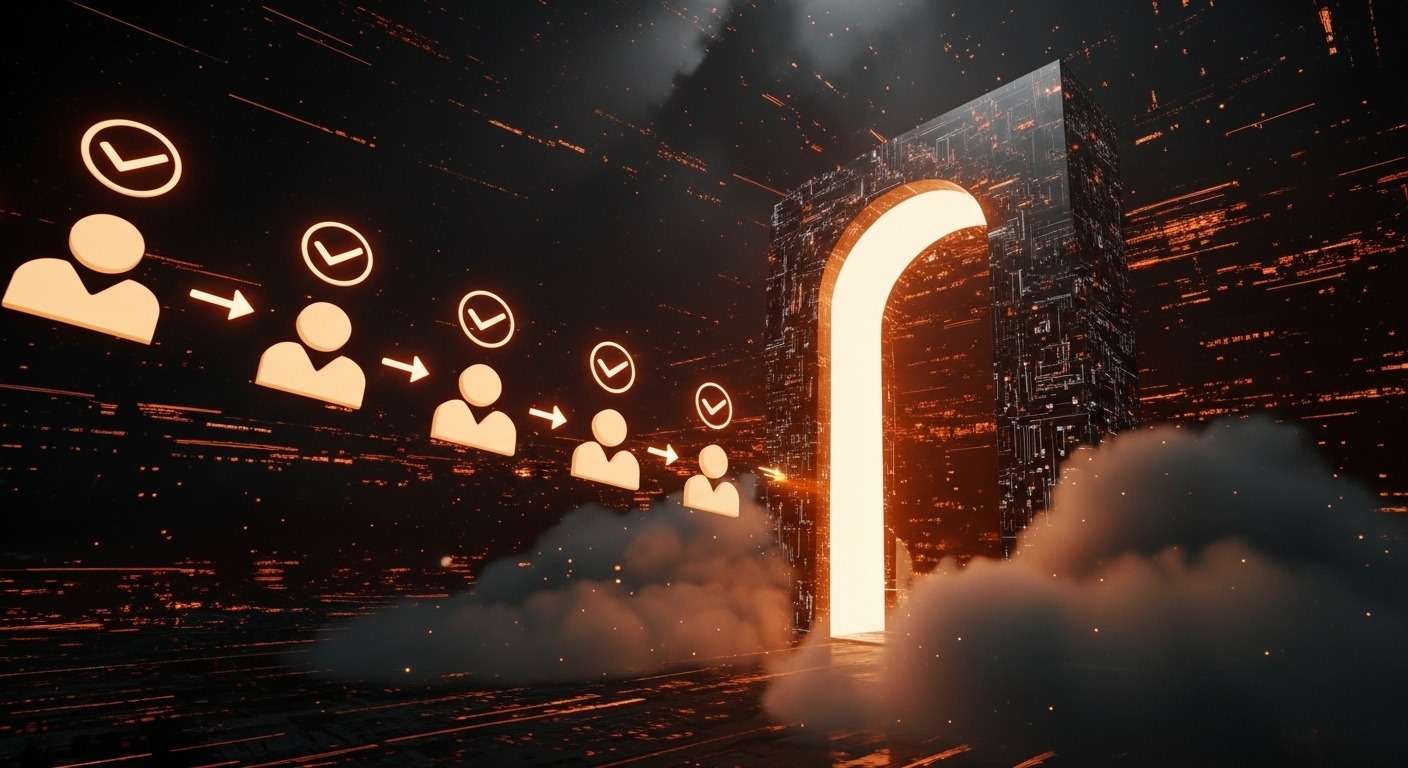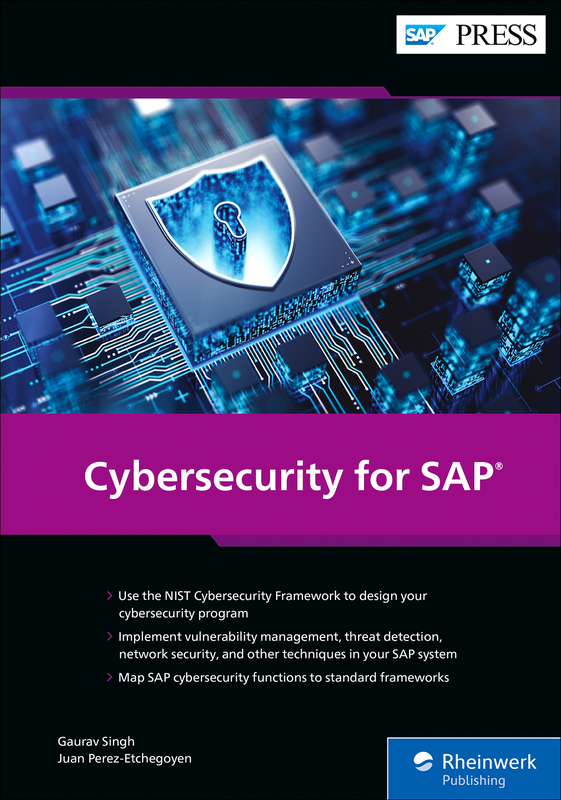A Leader's Framework for SAP Identity and Access in the Cloud

Why IAM is the New Perimeter for SAP in the Cloud
In the modern enterprise, the concept of a secure network perimeter has been dissolved by digital transformation and cloud adoption. For business-critical applications like SAP, Identity and Access Management (IAM) has become the new perimeter. SAP Cloud IAM is the framework of policies and technologies used to ensure the right users have the appropriate access to SAP applications and data, regardless of where they are hosted.
The core challenge for today’s leaders is managing this access across a distributed and complex landscape. With SAP systems running in on-premise data centers, private clouds, and multiple public clouds, ensuring consistent and secure access is more difficult than ever.
This guide provides a strategic framework for mastering IAM and SAP cloud security. We will cover the core challenges in a hybrid environment, five essential best practices for securing access, and how specialized platforms can bridge critical visibility gaps.
Core IAM Challenges in a Hybrid SAP Environment
While the cloud offers immense benefits, it introduces significant complexity to Identity and Access Management. For leaders overseeing hybrid SAP landscapes, three core challenges consistently rise to the top.
The Shared Responsibility Model for Identity
The foundational challenge is understanding the Shared Responsibility Model for Identity. While a cloud provider like AWS or Azure is responsible for securing their own IAM platform and the underlying infrastructure, the customer is solely responsible for all application-level identity and access governance. The provider’s IAM tools control who can access a virtual machine; they have no visibility or control over what that user can do once they are inside the SAP application.
Managing Identities Across On-Premise and Cloud
In a hybrid SAP environment, organizations face the difficult task of managing user identities that span both on-premise systems and multiple cloud platforms. This often leads to inconsistent access policies, difficulty in synchronizing user roles, and a fragmented user experience. Without a centralized approach, it’s nearly impossible to get a single, unified view of a user’s entitlements across the entire landscape.
Lack of Visibility into Application-Level Permissions
Native cloud IAM tools are blind to the inner workings of your SAP applications. They cannot analyze the business risk of an SAP role, detect a Segregation of Duties (SoD) conflict, or understand which users have access to sensitive transactions. This creates a critical visibility gap at the application layer, where the most valuable data resides, leaving a significant portion of your access risk completely unmanaged by standard cloud security tools.
5 Essential Best Practices for SAP Cloud IAM
Addressing the complexities of hybrid and cloud environments requires a modern, strategic approach to Identity and Access Management. The following five best practices provide a foundational framework for securing your SAP landscape.
1. Centralize Identity with a Primary Identity Provider (IdP)
The most critical first step is to centralize identity by integrating your SAP systems with a primary corporate Identity Provider (IdP), such as Microsoft Entra ID or Okta. Instead of managing identities separately within each SAP system, this approach creates a single, authoritative source for user authentication. This enables Single Sign-On (SSO) for a seamless user experience and vastly simplifies user lifecycle management, ensuring that when an employee leaves the company, their access to all systems is revoked from one central place.
2. Enforce Multi-Factor Authentication (MFA) Everywhere
Multi-Factor Authentication (MFA) is a non-negotiable security control for all SAP access in the cloud. By requiring a second form of verification beyond just a password, MFA provides a crucial layer of defense against credential theft and unauthorized access. It is especially critical to enforce MFA for all users with privileged access and for any access originating from outside the corporate network.
3. Implement Least Privilege with Role-Based Access Control (RBAC)
The principle of least privilege dictates that users should only be granted the minimum permissions required to perform their job functions. The most effective way to achieve this at scale is through Role-Based Access Control (RBAC). This involves designing clean, well-defined business and technical roles based on job responsibilities, rather than assigning a wide array of individual permissions on an ad-hoc basis. A strong RBAC model is the foundation for preventing access creep and enforcing Segregation of Duties.
4. Govern Privileged Access with Specific Controls
Administrator or “super-user” accounts in SAP represent a significant risk. A best practice is to govern privileged access by implementing specific controls and tools, often known as “firefighter” or emergency access management solutions. These tools allow administrators to check out temporary, elevated privileges on an as-needed basis. All activity performed during these sessions is closely monitored and logged for review, ensuring accountability and reducing the risk of abuse.
5. Automate User Access Reviews and Certifications
To maintain compliance and a clean access environment, organizations must conduct periodic reviews to certify that users still require the access they have been granted. Manually performing this process is unsustainable. A key best practice is to automate user access reviews. This involves using GRC or IAG tools to automatically generate access reports and manage the certification workflow, sending requests to business owners to approve or revoke their team members’ permissions, creating a clear and defensible audit trail.
How Onapsis Strengthens SAP Cloud IAM
While centralizing identity and using native cloud IAM tools are essential first steps, they only solve part of the problem. These infrastructure-level controls have a significant blind spot: the SAP application layer. This is the critical gap that The Onapsis Platform is designed to fill.
Onapsis provides the deep, contextual visibility into application-level entitlements and permissions that native cloud tools lack. It strengthens your IAM strategy by continuously assessing your SAP systems to identify and help remediate complex, application-specific risks. This includes enforcing true SAP access governance by automatically identifying thousands of potential Segregation of Duties (SoD) conflicts and critical access risks that are completely invisible to standard cloud IAM tools. By integrating this deep application intelligence with your broader security ecosystem, Onapsis ensures your IAM framework is consistent, compliant, and secure from the infrastructure all the way to the business-critical data.
Achieving a Unified IAM Strategy for SAP
Mastering Identity and Access Management for SAP in the cloud requires moving beyond the basic security controls offered by cloud providers. By implementing essential best practices—such as centralizing identity with an IdP, enforcing MFA, and governing privileged access—organizations can build a strong foundation for a secure cloud deployment.
Ultimately, a mature SAP Cloud IAM program is continuous and collaborative. The goal is to achieve a unified IAM strategy that breaks down the silos between cloud and application teams. This requires integrating deep, application-level controls with enterprise-wide identity solutions to ensure a consistent, secure, and compliant access environment for your most critical systems.
Frequently Asked Questions (FAQ)
What’s the difference between AWS/Azure IAM and SAP Cloud IAM?
The primary difference is the layer of visibility and control. AWS/Azure IAM is focused on the infrastructure layer—controlling who can access cloud resources like virtual machines and storage. SAP Cloud IAM focuses on the application layer—controlling what a user can do inside the SAP application, such as which transactions they can run and what data they can see.
Can I use the same SAP roles in the cloud as I did on-premise?
While you can technically migrate existing roles, a cloud migration is the perfect opportunity to redesign them. Many on-premise roles accumulate unnecessary permissions over years. Best practice is to use the migration as a chance to build clean, new roles based on the principle of least privilege that are optimized for your new cloud operating model.
What is the most important first step to improving our SAP Cloud IAM?
The most important first step is to centralize identity with a corporate Identity Provider (IdP) like Microsoft Entra ID. This creates a single source of truth for user authentication and is the foundational step for enabling critical security controls like Single Sign-On (SSO) and Multi-Factor Authentication (MFA).
What’s the business case for a dedicated SAP IAM solution beyond native cloud tools?
The business case is built on risk reduction and efficiency. Native cloud tools cannot see into the SAP application to find and fix critical risks like Segregation of Duties (SoD) conflicts. A dedicated platform reduces the risk of fraud and data breaches. It also drives efficiency by automating labor-intensive tasks like user access reviews, freeing up your teams to focus on more strategic work. The range of Onapsis SAP products is purpose-built to address these challenges.
Is it possible to manage privileged ‘firefighter’ access in the cloud?
Yes, and it is a critical best practice. The principles of managing privileged access are the same in the cloud as they are on-premise. You should implement a solution that allows for temporary, on-demand access to administrator-level accounts, with all activity during the session being closely monitored and logged for audit purposes.



